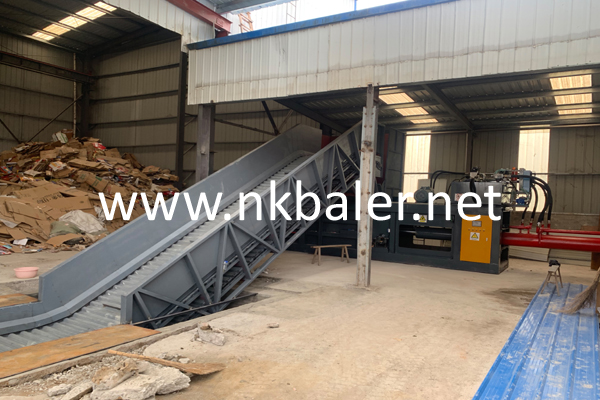The external factors affecting the price of
baling machines mainly include raw material costs,transportation expenses,market demand,and government policies.These factors collectively influence the pricing of baling machines,determining their final market price.Raw material costs are a significant factor affecting the price of baling machines.Fluctuations in the prices of materials such as steel and plastic directly impact the production cost of baling machines.For example,if international steel prices rise,the cost of manufacturing baling machines will increase,and manufacturers may raise the sales price of baling machines to maintain profit margins.Transportation expenses also play a role in pricing.The distance of transportation,changes in oil prices,and differences in logistics methods all affect the final product cost.This is especially true for international transport,where changes in tariffs and shipping costs can be reflected in the prices of imported baling machines.Market demand directly affects the price of baling machines.During periods of economic prosperity,as industrial production accelerates,the demand for baling machines increases,and manufacturers may raise prices to achieve higher profits.Conversely,during economic downturns,in order to stimulate sales,manufacturers may attract customers by lowering prices.Government policies can also influence the price of
baler.For instance,governments may offer tax incentives or subsidies to certain key industries or areas of technological innovation,which could reduce the operating costs of manufacturers,thereby affecting product pricing.

In summary,the price of baling machines is influenced by various external factors.Understanding these factors helps businesses and users better develop purchasing strategies and budget plans.The price of baling machines is affected by external factors such as market supply and demand,raw material costs,trade policies,and exchange rate fluctuations.


